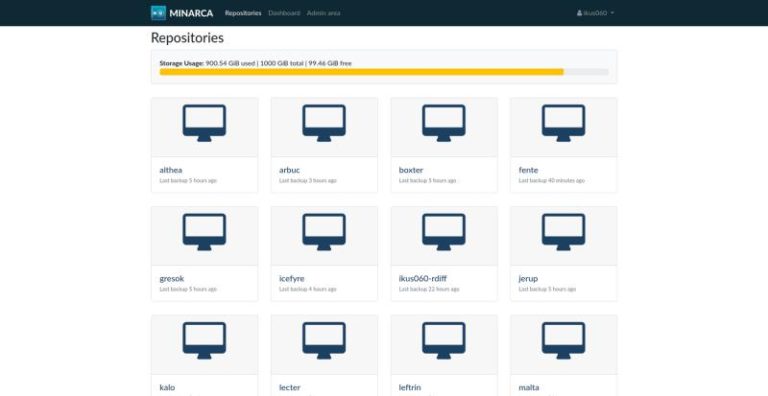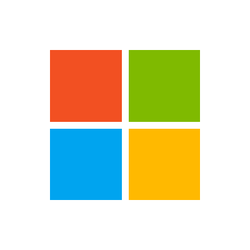So as we quickly approach the Fedora Workstation 23 release I been running Wayland exclusively for over a week now. Despite a few glitches it now works well enough for me to not have to switch back into the X11 session anymore.
There are some major new features coming in Fedora Workstation 23 that I am quite excited about. First and foremost it will be the first release shipping with our new firmware update system supported. This means that if your hardware supports it and your vendor uploads the needed firmware to lvfs you can update your system firmware through GNOME Software. So no more struggling with proprietary tools or bootable DVDs. So while this is a major step forward in my opinion it will also be one of those things ramping up slowly, as we need to bring more vendors onboard and also have them ship more UEFI 2.5 ready systems before the old ‘BIOS’ update problems are a thing of the past. A big thanks goes to Richard Hughes and Peter Jones for their work here.
Another major feature that we spent a lot of time to get right is the new Google Drive backend for the file manager. This means that as long as you have internet access you can manage your google drive files through Nautilus along with all your other local and remote file systems. I know a lot of Fedora users are wither using Google drive personally or as part of their work, so I think this is a major new feature we managed to land. A big thanks to Debarshi Ray for working on this item.
Thirdly we now have support for ambient light sensors support. This was a crucial step in our ongoing effort to improve battery life under Fedora and can have very significant impact on how long your battery lasts. It is very easy to keep running the screen with more backlight than you actually need and thus drain your battery quickly, so with this enabled you might often squeeze out some extra hours of your battery. A big thanks to Bastien Nocera and Benjamin Tissoires for their work on this feature.
And finally this is the first release where we are shipping our current xdg-app tech preview as part of Fedora, instead of just making it available in a COPR. So for those of you who don’t know, xdg-app is our new technology for packaging desktop applications. While still early stage it provides a way for software developers to package their software in a way that is both usable across multiple distributions and with improved security through the use of the LXC container technology. In fact as we are trying to make this technology as usable and widely deployed as possible Alexander Larsson is currently trying to work with the Open Container Initiative to make xdg-apps be OCI compliant.
This is important for a multitude of reasons, but mainly xdg-app fills an important gap in the container technology landscape, because while Docker and Rocket are great for packaging server software, there is no real equivalent for the desktop. The few similar efforts that has been launched are usually tied to a specific distribution or operating system, while xdg-app aims to provide the same level of cross system compatibility for desktop applications that Docker and Rocket offers for server applications.
Fedora Workstation 24
Of course with Fedora Workstation 23 almost out the door we have been reviewing our Fedora Workstation tasklist to make sure it reflects what we currently have developers working on and what we expect to be able to land in Fedora Workstation 24. And let me use this opportunity to remind community members that if you are working on a cool feature for Fedora Workstation 24, make sure to let the Workstation working group know on the Fedora Desktop mailing list, so that we can make sure your feature gets listed and tracked in the tasklist too.
Anyway, I sent out this email to the working group this week, to outline what I see on the horizon in terms of major Fedora Workstation features lined up for 24.
You can get the full details in the email, and the tasklist has also been updated with these items, but I want to go into a bit more details on some of them.
xdg-app for world domination
As some of you might be aware of, Christian Hergert, of GNOME Builder fame, recently joined our team. Christian will be doing a lot of cool stuff for us, but one thing he has already started on is working with Alexander Larsson to make sure we have a great developer story for xdg-app. If we want developers to adopt this technology we need to make it dead simple to create your own xdg-app packages and Christian will make sure that GNOME Builder supports this in a way that makes transitioning your application into an xdg-app becomes something you can do without needing to read a long howto. We hope to have the initial fruits of this labour ready for Fedora Workstation 24.
Another big part of this of course is the work that Richard Hughes and Kalev Lember are doing on GNOME Software to make sure we have the infrastructure in place to be able to install and upgrade xdg-apps. As we expect xdg-apps to come from a wide variety of sources as opposed to the current model of most things being in a central repository we need to develop good ways for new sources to be added and help users make more informed choices about the software they are installing. Related to this we are also looking at how we can improve labeling of the applications available,
to make it easier to make your decisions based on a variety of criteria. The current star system in GNOME Software is not very obvious in what it tries to convey so we will try looking at better ways to do this kind of labeling and what information we want to be able to provide through it.
Another major item is what I blogged about before is our effort to finally make dealing with the binary graphics drivers less of a pain. I wrote a longer blog post about this before, but to summarize we want to make sure that if you need to install the binary drivers this is a simple operation that doesn’t conflict with your installation of Mesa and also that if you have an Optimus enabled laptop, it is easy and pleasant to use.
Anyway, there are some further items in the email I sent, but I will go more into detail about some of them at a later stage.





